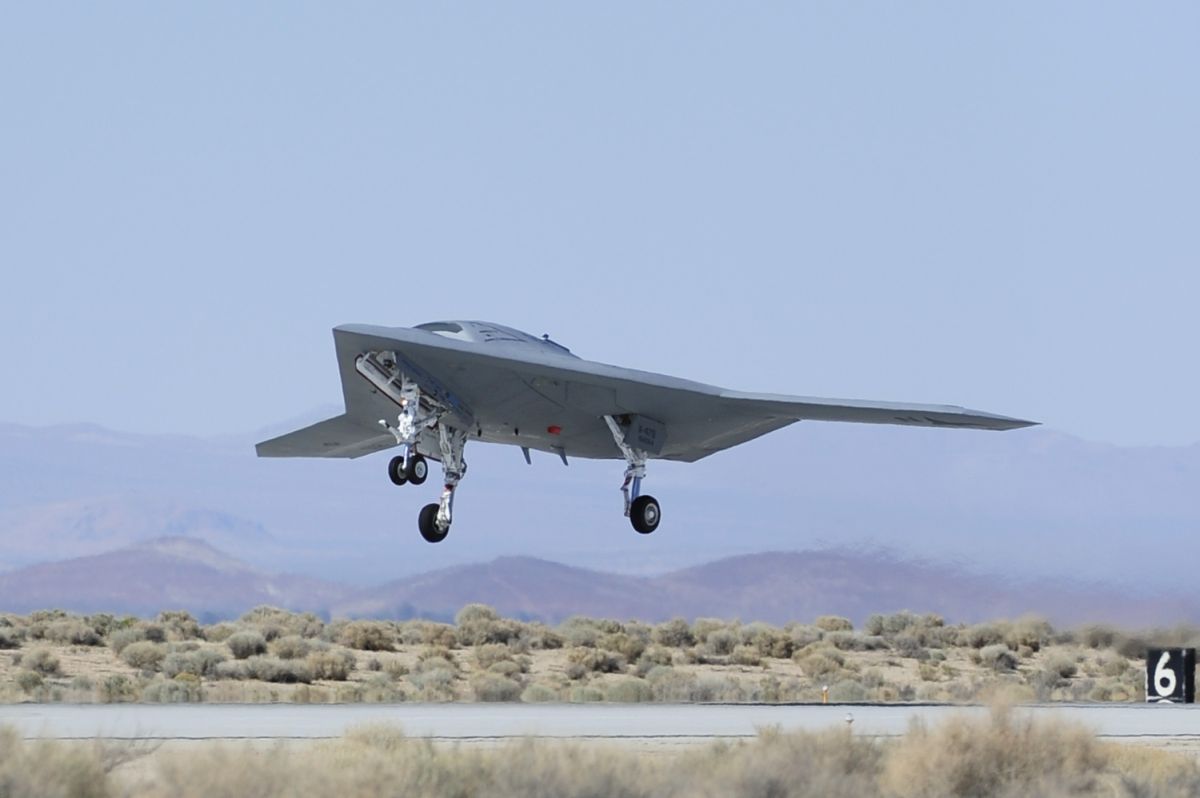WASHINGTON, Feb. 18, 2011 — Progress in Afghanistan’s Helmand River Valley has been substantial, and Marines are making progress in Sangin, a stubborn Taliban stronghold in the far northeastern part of Helmand province, the commandant of the Marine Corps said here today.
Gen. James F. Amos updated the Defense Writers Group on Marine Corps activities in the province.
The Marines went into Now Zad and Marja last year and fought pitched battles against an entrenched enemy, the general said. This year, “we walked through there, through the market, with no body armor and no helmet and spent time in Marja,” he said.
Marines are reinforcing success in the area, Amos said, with 17 M‑1 tanks in Helmand, most of them in Sangin. Marines from the 26th Marine Expeditionary Unit are just south of Sangin.
“Marines have been fighting in the area hard for the past four months,” Amos continued, “and we have met with great success in the area.”
The Marine Corps’ top officer added that he believes the effort has passed a “tipping point.”
“The Taliban have been driven out,” he explained. “Those that wanted to stay have been killed, and those who didn’t want to stay have squirted out.”
Local leaders in the area are working with provincial leaders and the Marines, Amos said, and they signed an accord to confront the Taliban and to show the Marines where insurgent bombs are located. “So far, that has held,” the general told the defense writers, adding that the violence is subsiding and the number of casualties has dropped.
Bringing a portion of the 26th Marine Expeditionary Unit to the area was to reinforce success, the general said.
“If you have the enemy on its heels and he’s reacting to you,” he explained, “you have the opportunity to reinforce that success, because it may be the opportunity to hammer the final nail in this thing, and we might not have to go back and fight in that same spot again.”
But despite the Marines’ success so far, Amos said, he is under no illusions that the war is won in Afghanistan.
“There will be hard times ahead,” he acknowledged. “I’m not a Pollyanna about it.”
While Afghanistan will remain the priority of the Marine Corps, Amos said, he must continue building the organization for the future. The general noted that he put out planning guidance last year to implement the vision, likening the Corps to a middleweight boxer.
“We don’t want to be a heavyweight force,” he said. “[They] have a hard time getting places — it takes time and requires a lot of equipment. A lightweight force may get there quickly, but it may not carry the day when it gets there.”
A middleweight force, he said, “can fight up [a weight class] or fight down,” depending on the scenario, he said.
Amos also said he wants to return the Marine Corps to being a “frugal” force. In the last six years, he said, the military has been in the midst of “a culture of plenty.”
“If you needed something, you got it,” he said, with no need to choose from among different capabilities or pieces of equipment.
“Now we have to make choices, and they boil down to a choice between what we need versus what we want,” he continued. “I’ve told Marines and senior leaders that we are going to get back to our frugal roots.”
This doesn’t mean he wants to trade in new weapons for M‑1 rifles, the general said. Rather, he explained, he needs to be able to build a force in an ever-tightening budgetary environment that will require changes from the culture of plenty to a frugal mind set.
He used a discussion about water bulls -– water tanks on wheels for potable water -– as an example. The one the Marines have now is towed by a Humvee and holds 400 to 500 gallons. “We’ve had that one since I was a lieutenant, and it works just fine,” Amos said.
But someone suggested a new water bull, he said, roughly three times the size. “It’s huge,” Amos said, noting that it takes up more space and is heavier than the existing one. When he asked why the Corps needed the new model, the general said, he was told a 7‑ton truck in the inventory could tow it.
“[The answer was] ‘Because we can,’ ” he said. “We cancelled that program.”
Source:
U.S. Department of Defense
Office of the Assistant Secretary of Defense (Public Affairs)

 von
von 